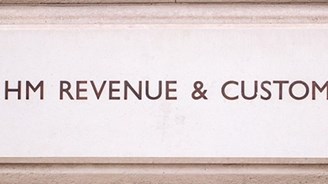Group scenarios and investment properties

[g1_row]
[g1_1of1]
[g1_lead]
Having covered the majority of the complexities of investment properties throughout my first four blog posts, I would like to finish the series with a final post on group scenarios.
[/g1_lead]
My very first post on investment properties stated the definition of an investment property, which I would now like to return to:Section 16 of FRS 102 defines investment property as property (which can include land or only part of a building) held by the owner or by the lessee under a finance lease to earn rentals or for capital appreciation or both, rather than for:
- use in the production or supply of goods or services or for administrative purposes; or
- sale in the ordinary course of business.
The FRC's Staff Education Note 4 on investment properties notes that properties which are let to and occupied by group companies would be recognised as investment properties in individual financial statements of the lessor but in the group accounts would be recognised as PPE (tangible fixed assets). This has perhaps been one of the most controversial areas surrounding investment properties under FRS 102 as to many users of accounts is seems senseless to record as an investment property in one set of accounts (perhaps the parent) yet record as PPE in the group set of accounts given that the nothing has changed. This could be an expensive process for groups whereby there is a need to consider the fair value of the investment property for single entity accounts when previously they would have held these assets as tangible fixed assets under SSAP 19 as they are let within the group.
When I think of a group situation with a parent company acquiring and holding all property for the group and letting this out to the individual subsidiaries for them to trade out of, then I ask myself the question: Why is the parent company holding this property?
A common answer is that they are holding all of the property to 'ring fence' it in case of any unfortunate incidents in the future. The parent may well charge rent to the subsidiary but it is unlikely that they are holding the property to earn rentals or for capital appreciation. Often they are really only holding these properties for group 'administrative purposes' as part of the objective of the parent entity! If this is the case then that property would surely fall under the definition of a tangible fixed asset and not an investment property. This would mean it would be both a tangible fixed asset in the individual parent entity accounts and the group accounts.
Another scenario may be that no rent is being charged by the parent; however if this is a non-small group then tax transfer pricing issues should be considered.
Care is need here - if the parent is holding the property to earn rentals or for capital appreciation then it will fall under the category of investment property and will need to be accounted for as such which will generally mean holding at fair value. Many commentators have reported the failsafe of using 'undue cost or effort' in this scenario although care must be taken in light of my blog post specifically on this issue.
[/g1_1of1]
[/g1_row]



